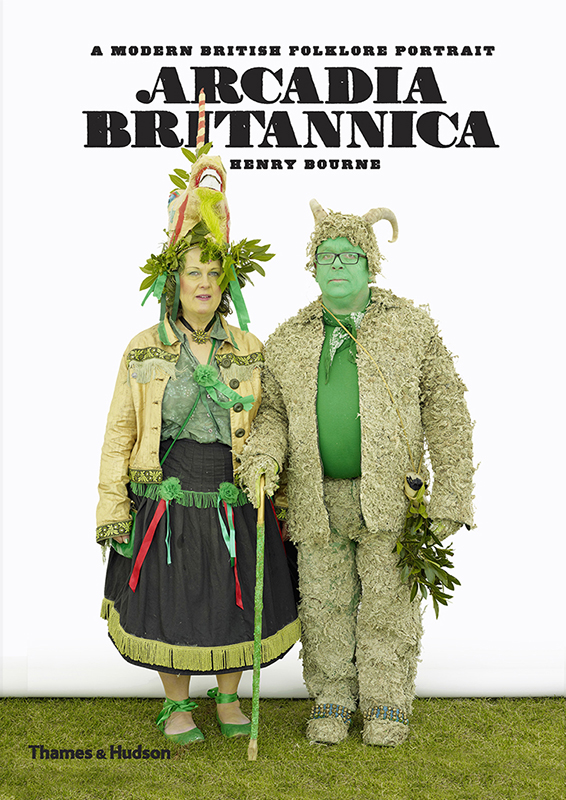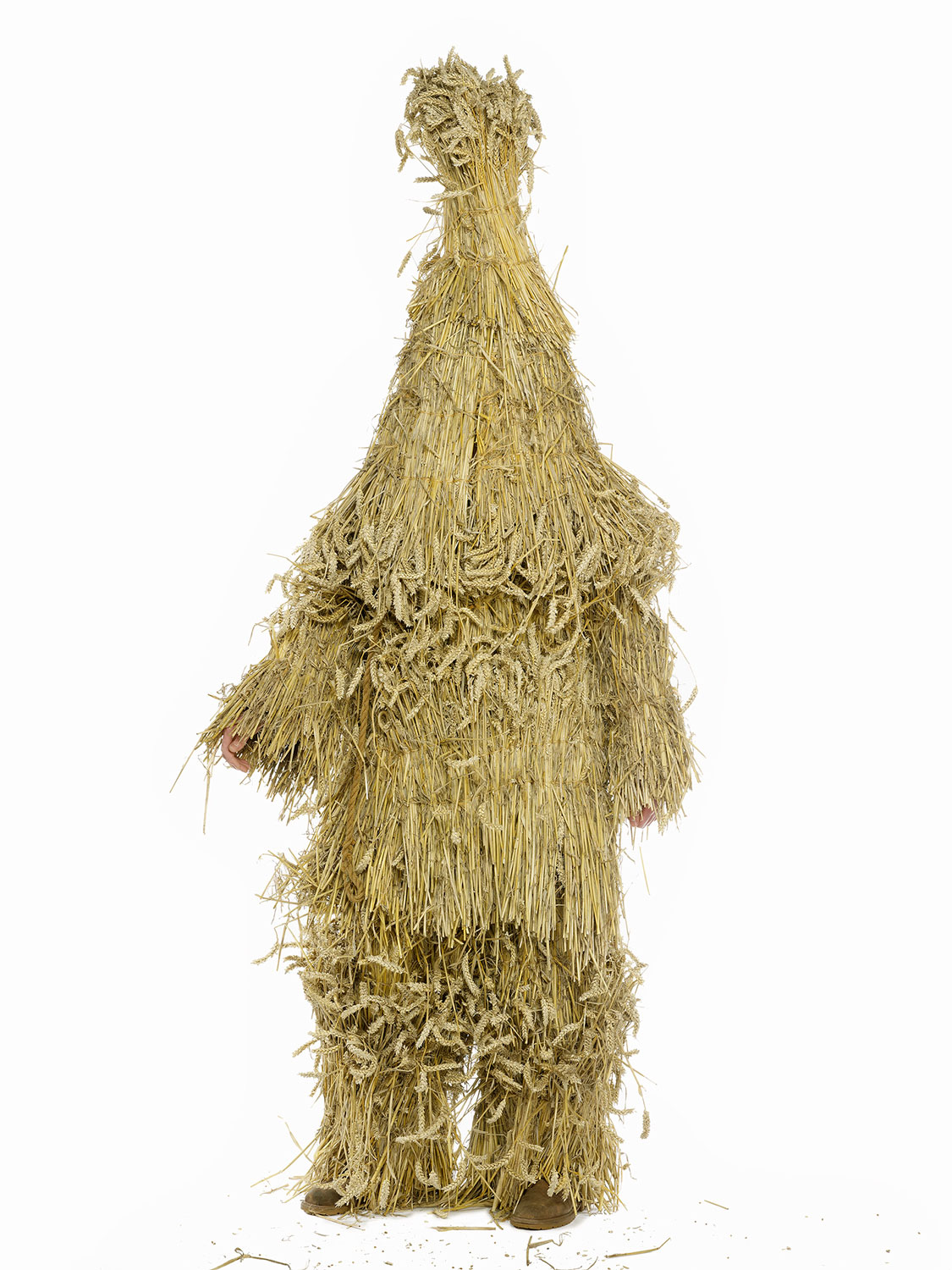BOOKS
TURN OF THE CENTURY
Portraits of Creative Interiors by Henry Bourne
Photographs by Henry Bourne, Text by Robin Muir, Pilar Viladas and Jane Withers
Published 2024
Henry Bourne’s photographs of the residences and workspaces of a who’s who of creative people open windows onto the groundbreaking design approaches and trends of the last three decades.
Published by Rizzoli

For nearly thirty years, Bourne has been photographing the residences and studios of, or those designed by, some of the world’s most important artists, architects, designers, and innovators. Culture and society are constantly evolving, and changes, both aesthetic and sociological, are reflected in our physical surroundings. Spaces and portraits in this volume range from the Upstate New York studio of artist Richard Prince, Vincent Van Duysen’s early apartment in Antwerp, and Marc Newson’s residences (his modern former bachelor pad as well as the more textured apartment he shares with Charlotte Stockdale today) to the joyfully chaotic London atelier of artist Paula Rego, the Villa Volpi by architect Tomaso Buzzi near Rome, the London studio of artists Tim Noble and Sue Webster—before and after its sleek renovation, designed by architect David Adjaye.
Creative director Peter Saville’s sleek London apartment captures the essence of the 1990s, while the homes of both architect Zaha Hadid and minimalist master John Pawson are self-portraits in design. This book is a collection of the mainly personal spaces and portraits of luminaries at the turn of the twenty-first century, depicting the contradictory yet stimulating language of contemporary design: stylish and functional, maximalist and minimalist, opulent and understated.
Order at Rizzoli or buy locally
PRESS
“With the publication in 2024 of his first retrospective book, Turn of the Century, we get to see some of Bourne’s most memorable interiors and portraits all in one place. From the aforementioned squat to the residences of some of the most important figures in fashion, art and design. To say that Turn of the Century is a who’s who of design and architecture would be an understatement. Some of the brightest stars of the last 30 years opened their doors to the photographer.” — THE WORLD OF INTERIORS
“Over the past three decades, Henry Bourne has captured the living spaces of the world’s foremost creatives, showcasing a diverse array of styles and locales. This book chronicles the evolution of design over the years and underscores the enduring impact of sophisticated and timeless interiors.” — VERANDA
“There’s no design rut that Henry Bourne’s new book cannot conquer. In Turn of the Century, the British photographer captures scenes of creative interiors from the 1990s, 2000s, and 2010s. “I have always tried to approach interiors photography as an exercise in making a portrait,” says Bourne, “an attempt to bring out something of the essence of those who inhabit these private worlds.” His subjects include everyone from architects John Pawson and Zaha Hadid to artists Tim Noble and Sue Webster.Bourne documents design influences over the last three decades while steadfastly reminding us just how far interior design can be pushed to reflect the individual. ($75, rizzolibookstore) —Jeanne Malle” – AIRMAIL
“The most wonderful tomes of the year. Discover horticultural treasures behind Tuscan walls or amid Arctic snow, and step inside the private interiors of titans of art, architecture and design.
Turn of the Century by Henry Bourne. There is a very particular clarity and candour transmitted through the lens of Henry Bourne. In this compendium of interiors and portraiture from the 1990s to the 2010s, the British photographer portrays the private worlds of the titans of art, architecture and design – from Lucienne and Robin Day to John Pawson to Zaha Hadid – cleverly capturing their essence in glancing moments.”
Aimee Farrell – THE FINANCIAL TIMES
ARCADIA BRITANNICA
A Modern British Folklore Portrait by Henry Bourne.
A new photography book of portraits by Henry Bourne of British folklore with 120 full page photographs taken at British folklore events and rituals around the United Kingdom. Preface by Robin Muir and an introductory essay by Simon Costin, the Director of The Museum of British Folklore. Published by Thames & Hudson
Order at Thames & Hudson

PRESS RELEASE
Drawing on pagan Celtic, Germanic, and early Christian rites and beliefs, British folklore is a vibrant aspect of Britain’s cultural heritage that continues to flourish today. Notable for their music, storytelling, and particularly for the display of costumes revelers wear, Britain’s folk festivals are at once great entertainment and a link with the nation’s rich cultural history.
Arcadia Britannica is the product of photographer Henry Bourne’s repeated trips, beginning in 2009, to some of Britain’s greatest folk events: striking color portraits capture an eccentric collection of individuals in inventive outfits, including arboreal costumes, pagan-inspired creations, and historical garb. These were captured at events like the annual Jack in the Green festival held in Hastings in May, for which the town and its people are decked in green to welcome summer, and the Easter Sunday celebration in Bacup, Lancashire, where fiercely proud Britannia Coconut Dancers (or “Nutters”) perform their traditional seven dances. An accompanying text by Simon Costin provides the historical backstory and explains the folklore behind this inspiring collection of images.

PRESS
‘The British love of dressing up takes a weird and wondrous turn…When captured by Bourne’s lens, one thing is abundantly clear: Much like fancy dress at Halloween, modern folk is fun.’ — The New York Times
‘In quiet corners of England, something bizarre is going on’ – Guardian
‘Folkloric festivals and traditions remain vital throughout the UK, evidenced here by the colorful yet serious portraits captured by Bourne. These traditions, visually exciting in their use of costumes, face painting, and props, have helped strong community identity persisting over time. Lovers of fashion and personal style will appreciate this visual survey of British folk costume.’— Library Journal
‘You won’t glean many beauty tips from British photographer Henry Bourne’s wonderful and wacky portraits of folklore enthusiasts, but you may find some gardening ones!’— W Magazine
‘Bourne crisscrossed Great Britain to capture folk-fest attendees at their most outlandish: “Jack-in-the-Greens” wearing head-to-toe spring foliage for May Day; Bonfire Night revelers in full medieval garb; and partyers arrayed in patchwork at the Whittlesea Straw Bear Festival. Bourne photographs each of them against a stark white background, capturing their full peacock finery in vivid detail.’ — Elle Décor
‘A compendium of British folklore enthusiasts whose quirky costumes often look to the land.’ — Vogue
‘Outside of the context of the greater spectacle the strange details of the costumes that mix the old and the new come clearly into focus.’ — Hyperallergic
‘Featuring 125 portraits, the book is an endearing album of extravagantly costumed individuals inventively disguised as shrubs or haystacks, shimmering with mother-of-pearl buttons, and posturing as witchy high priestesses.’ — Architectural Digest
‘An affectionate collection of notables and oddballs from the UK’s flourishing folklore scene’ – Royal Photographic Society Journal
‘A vibrant and defiant celebration of the British folklore scene … a spectacular visual portrait of Britain at its most eccentric’ – Tatler
‘Indicates that what really matters about folklore is that it is protean, constantly evolving, adapting to the present even while rewriting its own past’– the World of Interiors Magazine